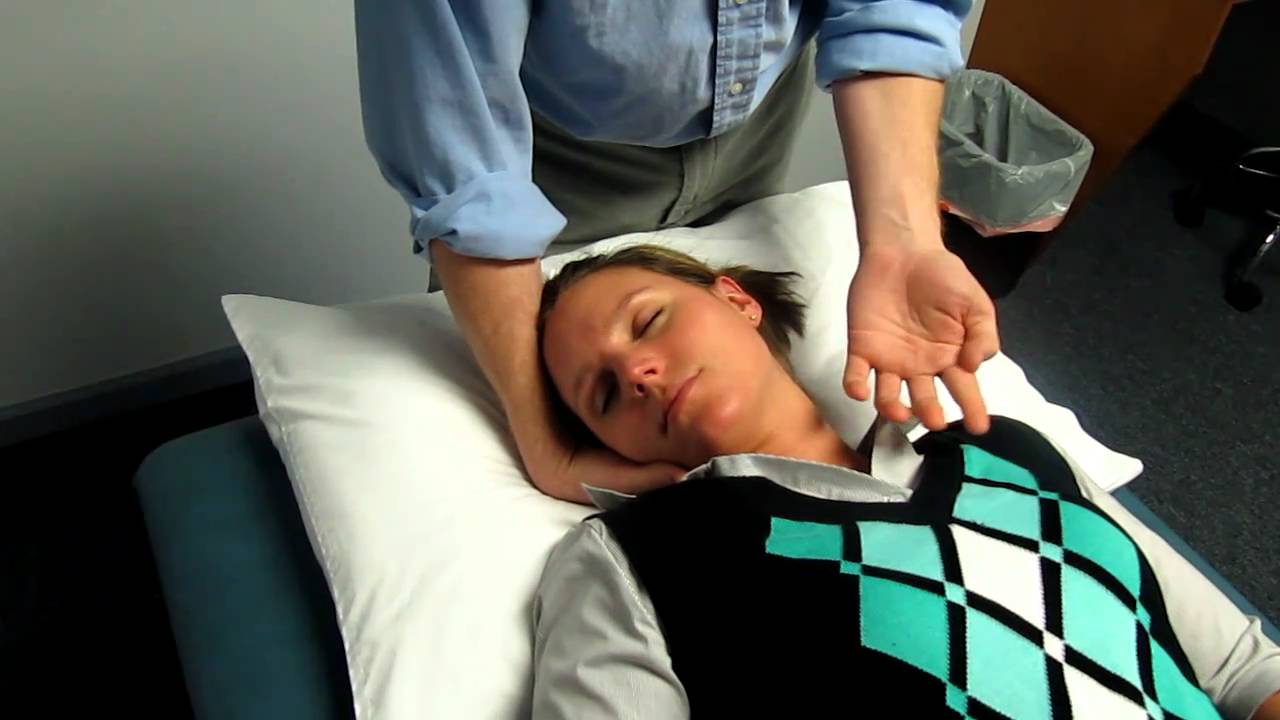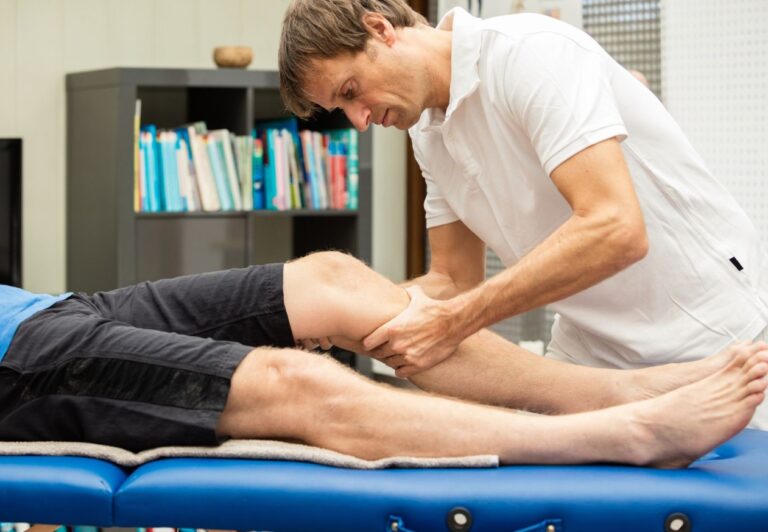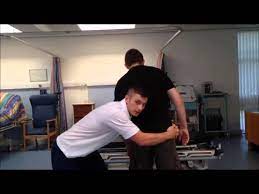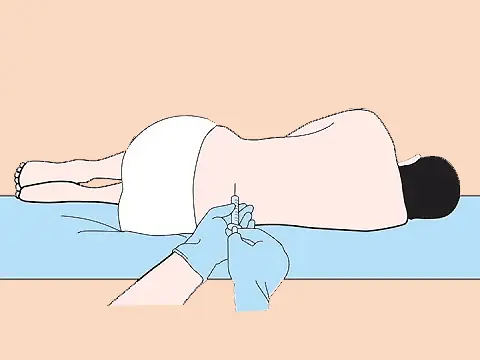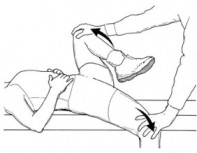Test for first rib mobility:
- Although the first rib would normally be included with an assessment of the thoracic spine, the examiner [ therapist ] should always test for the mobility of the first rib when examining the cervical spine.
- Mostly if side flexion is limited & there is pain or tenderness in the area of the first rib or T1.
- This test is applied to the clinic for checking the hypomobility of the first rib.
- This test is applied by to therapist when the patient is complaining about cervical pain.
What is the purpose of the Test for first rib mobility?
- This test is used to check the hypo mobility of the first rib.
How do you perform the Test for first rib mobility?
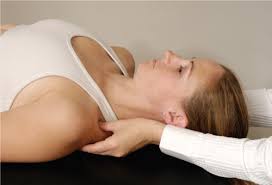
- For the first test, the patient is supine while fully supported.
- The examiner [ therapist ] palpates the first rib bilaterally lateral to T1 & places his or her fingers along the path of the patient’s rib just posterior to the clavicles.
- While palpating the ribs, the examiner [ therapist ] notes the movement of both first ribs as the patient takes a deep breath in – out & any asymmetry is noted.
- The examiner [ therapist ] then palpates one first rib & side flexes the head to the opposite side till the rib is felt to move up.
- The range of neck side flexion is noted.
- The side flexion is then repeated to the opposite side & results from the two sides are compared.
- Asymmetry may be caused by hypomobility of the first rib or tightness of the scalene muscles on the same side.
- For the second test, the patient lies prone & the examiner [ therapist ] again palpates the first rib.
- Using the thumb, reinforced by the other limb, the examiner [ therapist ] pushes the rib caudally, noting the amount of movement, end feel & presence of pain.
- The other first rib is tested in a similar fashion & two sides are compared.
- Normally, a firm tissue stretch is felt with no pain, except possibly where the examiner’s [ therapist’s ] thumbs are compressing soft tissue against the rib.

